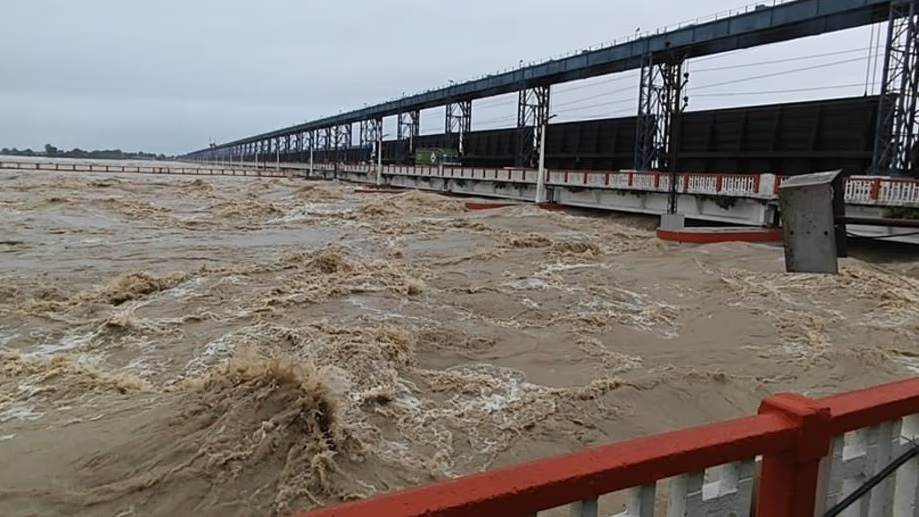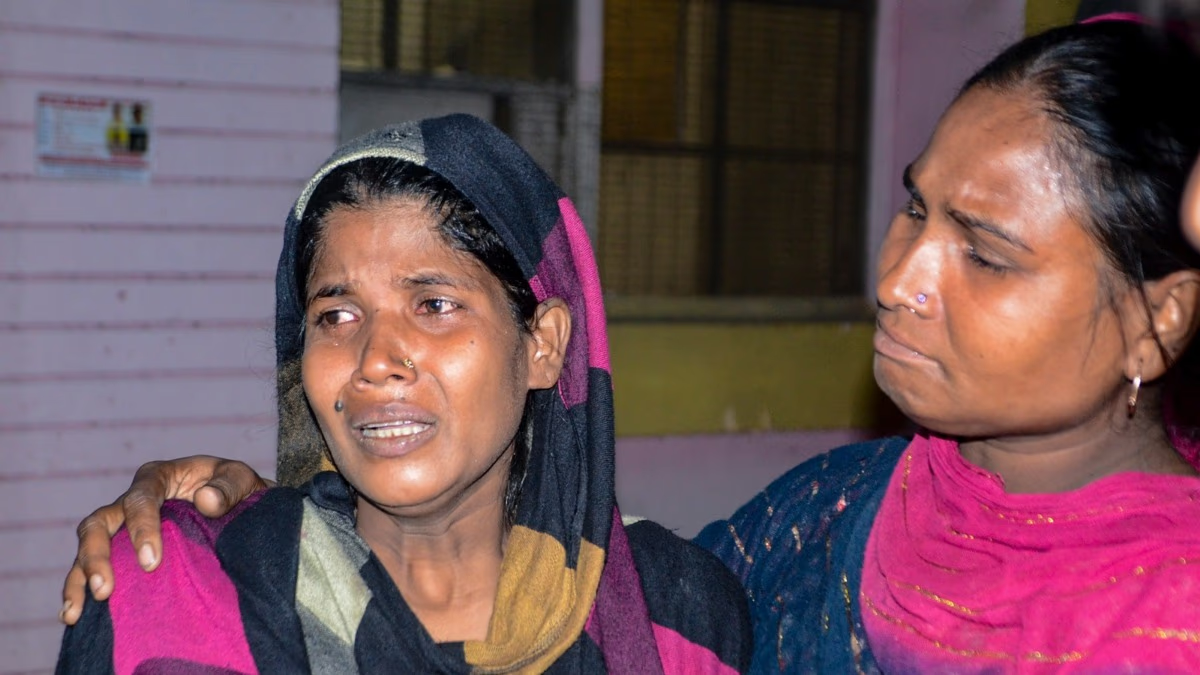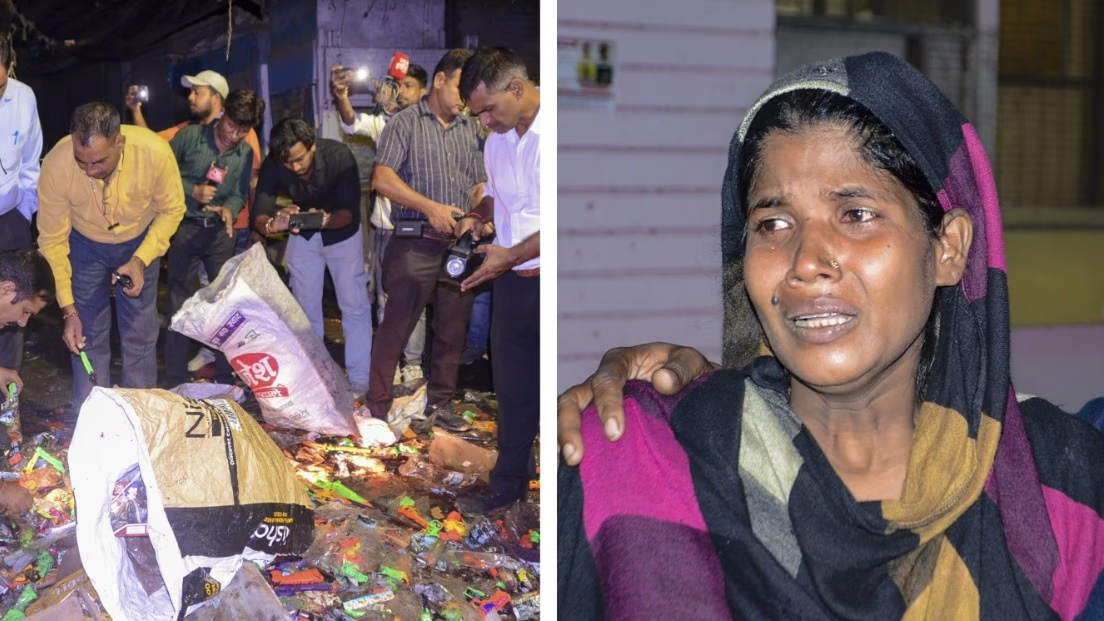Lush crops, fertile land... then suddenly barren sandy fields and displaced families... This is the anguish faced by the people of Bihar who endure the Kosi River's annual wrath. For Bihar, Kosi is a boon at times, while at others, a bane. Once again, Kosi exhibits its fierce nature in Bihar, altering countless lives overnight. But for Bihar, this 'touch-me-not' life is their reality, a challenge faced annually. The same Kosi that flows gently and brings prosperity to farmers, suddenly transforms into a destructive force, tearing everything apart.
First, let's discuss the river known as the lifeline...
The significance of the Kosi River is mentioned in the Vedas and Puranas. Writers, including Phanishwar Nath 'Renu', have extensively covered the river. The areas of Bihar through which Kosi flows are remarkably fertile, with thriving crops. Hence, Kosi is known as Mithila's lifeline and is central to its culture. However, this river's tranquil demeanor is contrasted by its devastating counterpart.
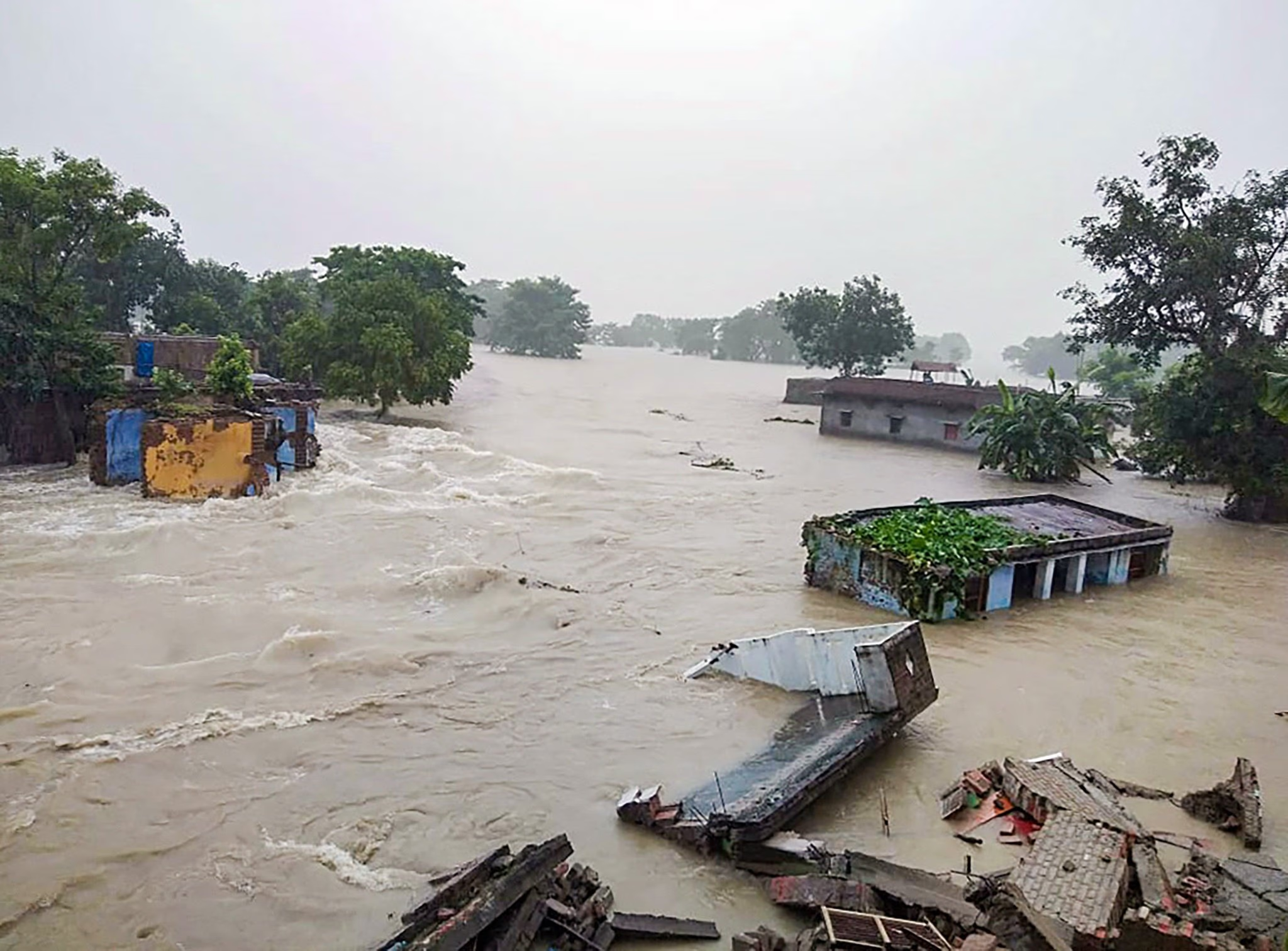
Source: aajtak
When Kosi turns fierce
When the mighty Kosi takes on its formidable form, the landscape is left ravaged. Millions face displacement, and the earth turns barren with dunes of sand, thwarting any hopes of farming. Its devastating onslaught has earned it the moniker 'The Sorrow of Bihar,' leaving large swaths of the state in a perpetual state of uncertainty.
Kosi embankment breached eight times
Each year, the Kosi River's turmoil is felt, and over time, its embankments have breached eight times. The last instance was in 2008 at Kusaha, Nepal. The devastation of 2008 is unforgettable, with countless rendered homeless and 526 lives lost. Prior incidents occurred in Joginiya (1991), Gandoul (1987), Navhatta in Saharsa (1984), Bahuar in 1981, Bhatnia in 1971, Jamalpur in 1968, and Dalwa in 1963.
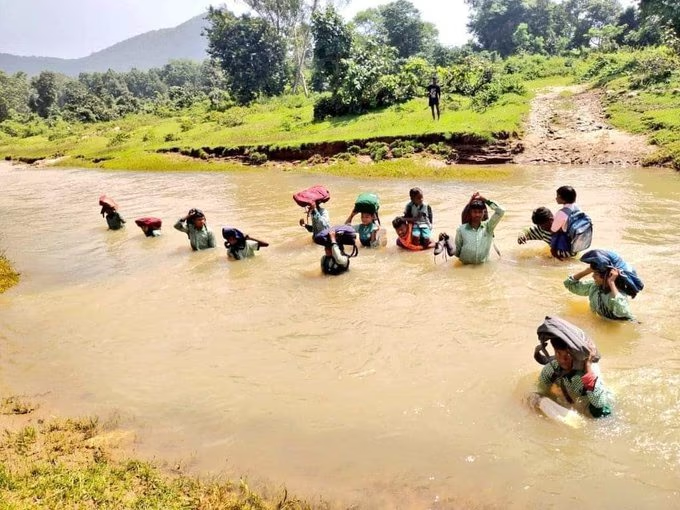
Source: aajtak
Also Read: The ongoing water destruction by Kosi-Gandak in Bihar and the submergence of Valmiki Tiger Reserve have severely affected these districts
Why does the destruction persist…
Since post-independence, both Nepal and India's governments have been striving to curb Kosi's devastation. The first efforts date back to 1954, beginning with plans to contain floods through dams, embankments, and river-training programs. Numerous embankments and barrages to control water flow have been built over the years. However, despite these efforts, the question of their adequacy persists, raising doubts about the effectiveness of these mitigation and rescue operations.
Why is the danger greater this time?
The risk is considered considerably higher because 6.61 lakh cusecs of water was released from Birpur barrage in Nepal, the highest in 56 years, and roughly three times that of 2008. This figure is also the largest since 1968's 7.88 lakh cusecs. From Valmikinagar barrage on the Gandak, 5.62 lakh cusecs were released, the highest since 2003.
13 districts heavily affected
Officials reported that around 13 districts along the Ganga, including Buxar, Bhojpur, Saran, Patna, Samastipur, Begusarai, Munger, and Bhagalpur, are facing flood-like conditions, impacting about 13.5 lakh people in the low-lying areas due to incessant rain. Large numbers have been relocated to relief camps for safety.
